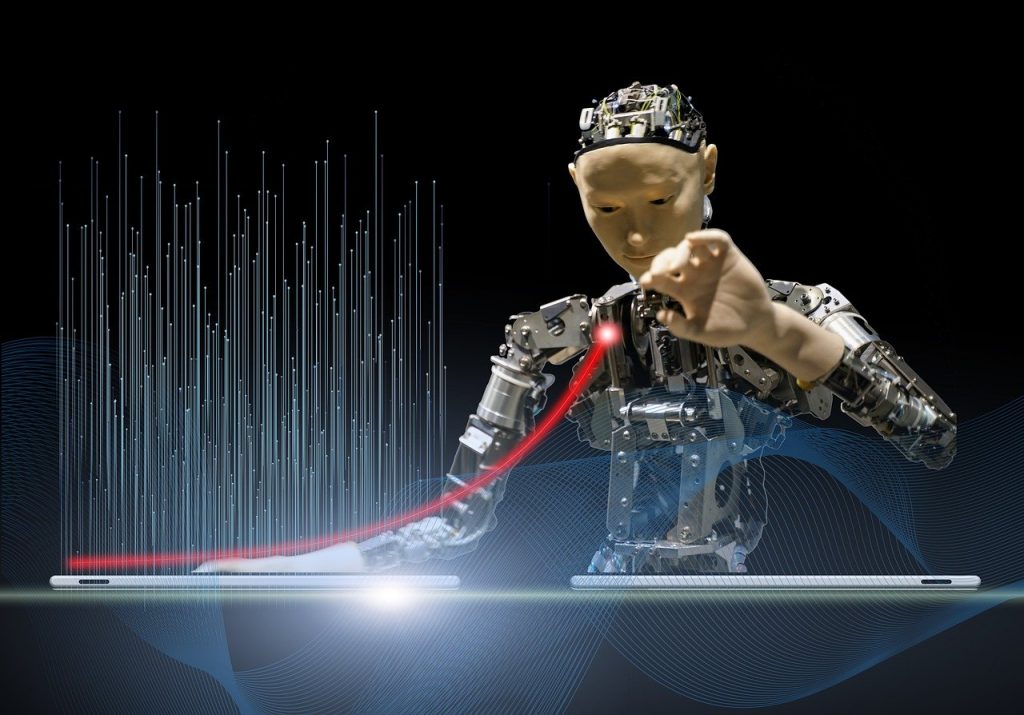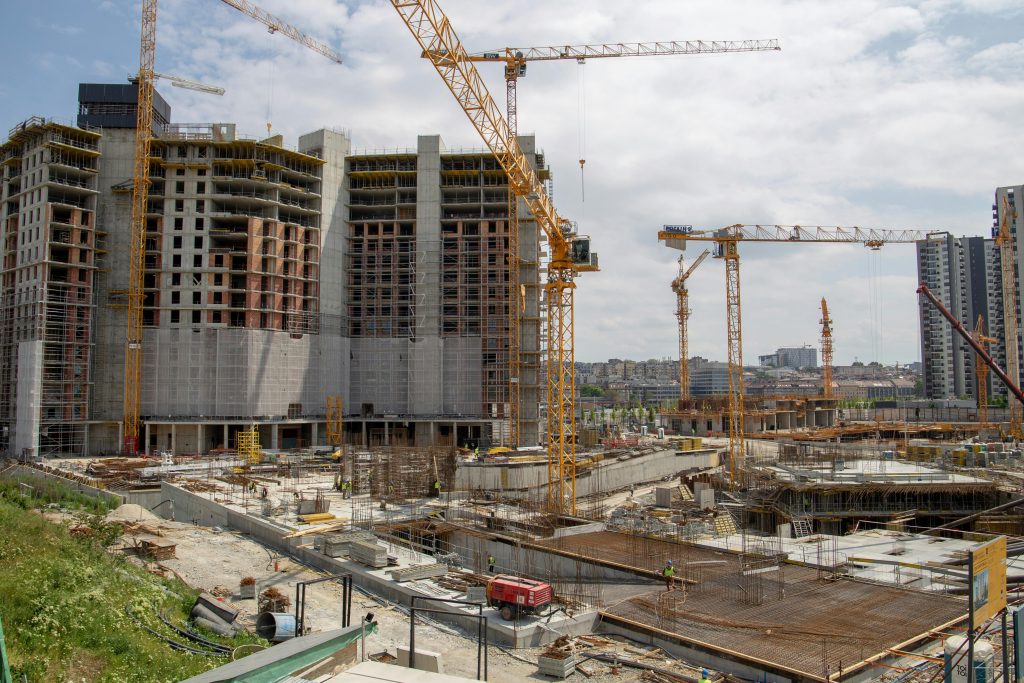- AR and VR technologies enhance safety and efficiency in construction training through realistic simulations.
- Modern construction equipment embodies the industry’s commitment to innovation, sustainability, and safer practices.
- The ongoing pursuit of technological advancements is key to addressing the growing infrastructure needs globally.
- Innovations in equipment design and functionality are forging a future of improved construction methodologies.
- The construction industry is evolving, with every technological leap leading towards a more innovative future.
The construction industry has always been at the forefront of evolution, from the earliest tools and techniques driving ancient marvels to the cutting-edge equipment of today that is constructing the cities of tomorrow. Modern construction equipment is not just about brawn; it’s about brains, agility, eco-friendliness, and user safety. In this expansive exploration, we’ll chart a course through the latest technological advancements reshaping the construction landscape and how these innovations optimize projects for greater efficiency and safety, all while reducing environmental impact.
The Importance of Innovation
Innovation in the construction equipment sector is critical for pushing the industry toward safer, more efficient, and sustainable practices. The implications of modernizing construction equipment go beyond the promise of convenience to include cutting-edge safety features, embedded smart technology for precision, and eco-friendly designs that reduce the carbon footprint of new developments.
The Rise of Smart Construction Machinery
Modern construction equipment is no longer just a passive tool in a worker’s hands. It has evolved to become smarter in various ways. Here, we’ll examine how automation, robotics, IoT, and advanced computing revolutionize machinery capabilities.
Automation and Robotics

The integration of automation in construction equipment is radically changing how tasks are performed on the job site. Gone are the days when heavy machinery relied solely on human operators. Robotic arms and machinery are now involved in intricate tasks with precision and speed, reducing the margin of error and drastically improving project timelines.
Connectivity and IoT
IoT’s role in construction equipment facilitates real-time management by providing data on equipment performance, material usage, and worker conditions. These connected devices empower project managers with actionable insights to drive decision-making and enhance efficiency.
Sustainable Construction Practices
The construction industry is making significant strides in sustainability. Electric-powered and hybrid machinery are at the forefront, significantly cutting down emissions. Additionally, design innovations focus on creating equipment with minimal environmental impact without compromising performance.
Versatility and Efficiency on Challenging Terrains
Construction projects often face a range of terrains, from urban landscapes to rural or industrial settings, each presenting unique challenges. Today’s equipment is designed to tackle these with unmatched versatility and efficiency.
Multi-functional Equipment
Complex projects often require a range of specialized machinery. Still, the trend is shifting towards multi-functional equipment that can adapt to different roles with additional attachments, significantly reducing the number of machines needed on a site.
Adaptability to Environment
The ability of construction equipment to operate efficiently in diverse environments cannot be overstated. With the introduction of all-terrain equipment, the industry is witnessing a paradigm shift in handling construction tasks across these terrains, improving effectiveness and flexibility. For example, a high-quality all-terrain crane can easily handle tasks on rough terrain, soft ground, or uneven surfaces.
Enhanced Safety Features
Perhaps one of the most crucial aspects of modern construction equipment is its built-in safety features. Sensor technology, automatic braking systems, and anti-collision alerts are now standard, ensuring the welfare of both operators and on-site workers.
Future Trends in Construction Equipment
Innovation in construction equipment is a dynamic and ongoing process. As technology continues to advance, we can anticipate even more groundbreaking developments in the future.
Predictive Maintenance
AI and machine learning are being harnessed to predict failures in construction machinery by analyzing vast data sets. By doing so, companies are shifting towards a proactive maintenance model that saves time and resources and minimizes equipment downtime.
Augmented Reality (AR) and Virtual Reality (VR)

AR and VR technology used in training and simulations is paving the way for a new era of equipment operation. Operator training and system familiarization are now safer and more efficient. They allow on-site scenarios to be replicated in controlled environments, enhancing skill sets without risking workers’ safety.
In Conclusion
The innovations in modern construction equipment testify to the industry’s continuous quest for excellence. These advances are not isolated occurrences but a broad movement towards more efficient, sustainable, and safer construction practices. We stand at the precipice of a new age in which the tools we employ are as advanced and forward-thinking as the structures they help build. The future of construction is bright and, with the ongoing commitment to technological advancement, will be built upon the solid foundation of innovation in equipment design and functionality.
In the face of a changing world and an expanding need for infrastructure, the message is clear — innovation is not an option; it is essential. Construction equipment, the very backbone of the industry, is being reengineered to meet the challenges of the modern world head-on. In every heave of the excavator’s arm, the whir of a drill, and the silent precision of a robotic weld, we see the future taking shape — a future built on innovation, pushing the boundaries of what was thought possible and setting new standards for the construction industry.

